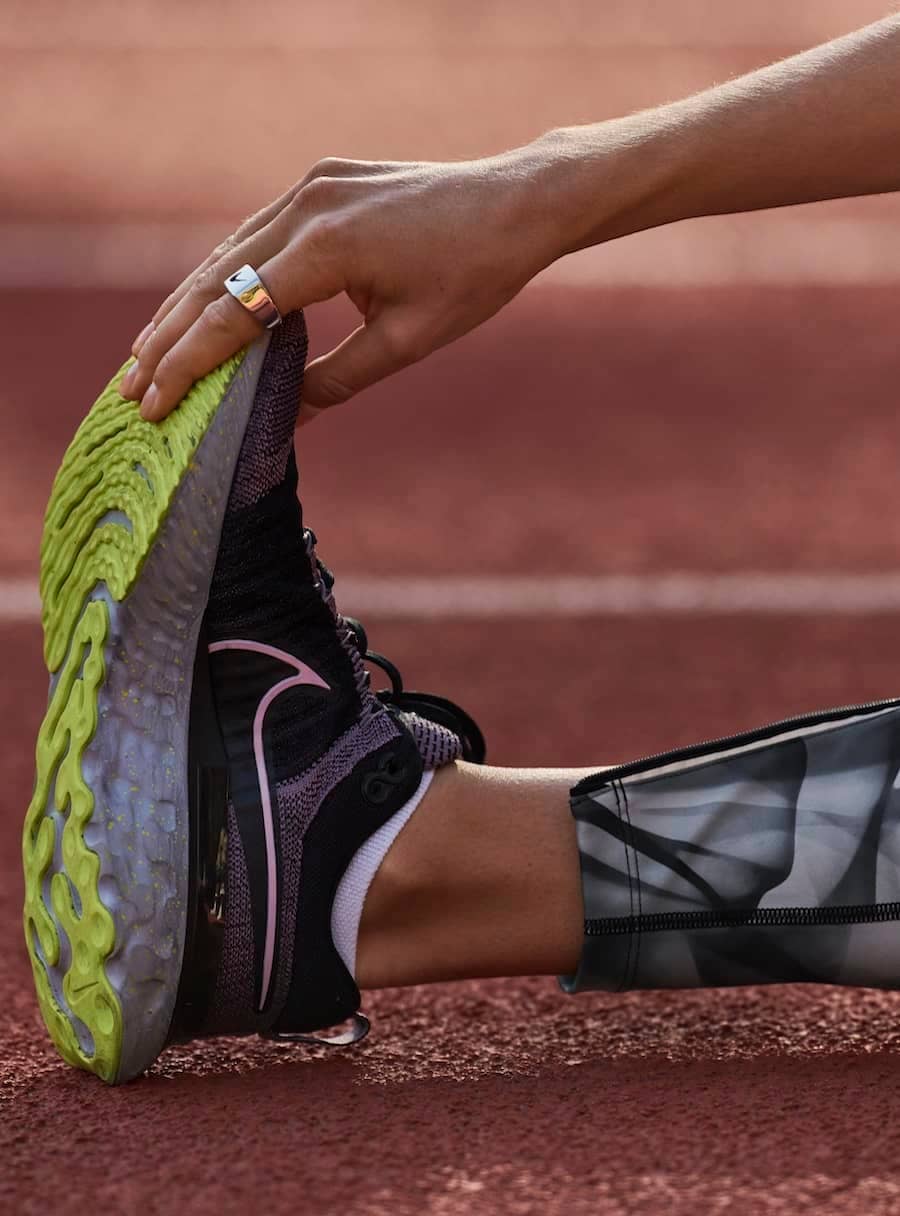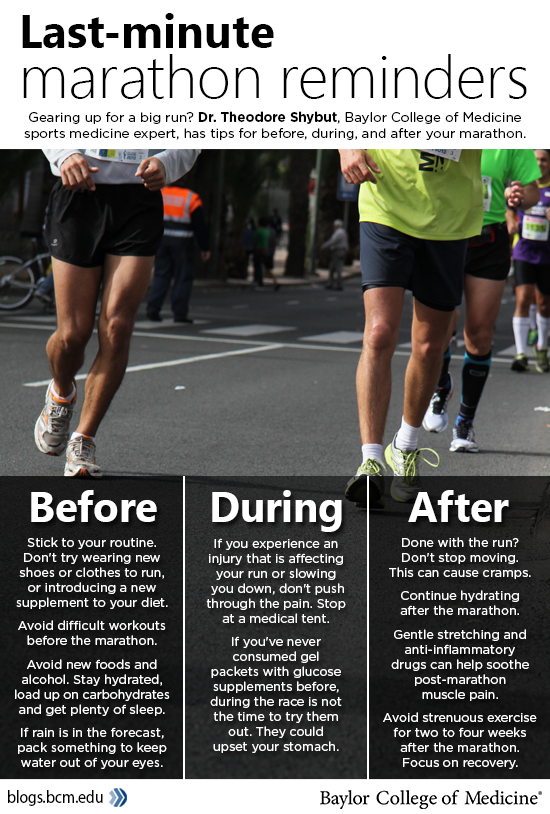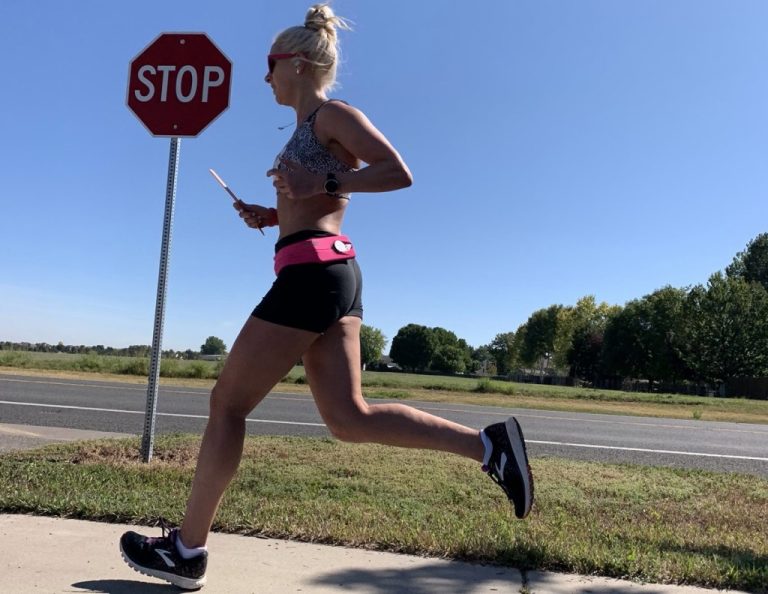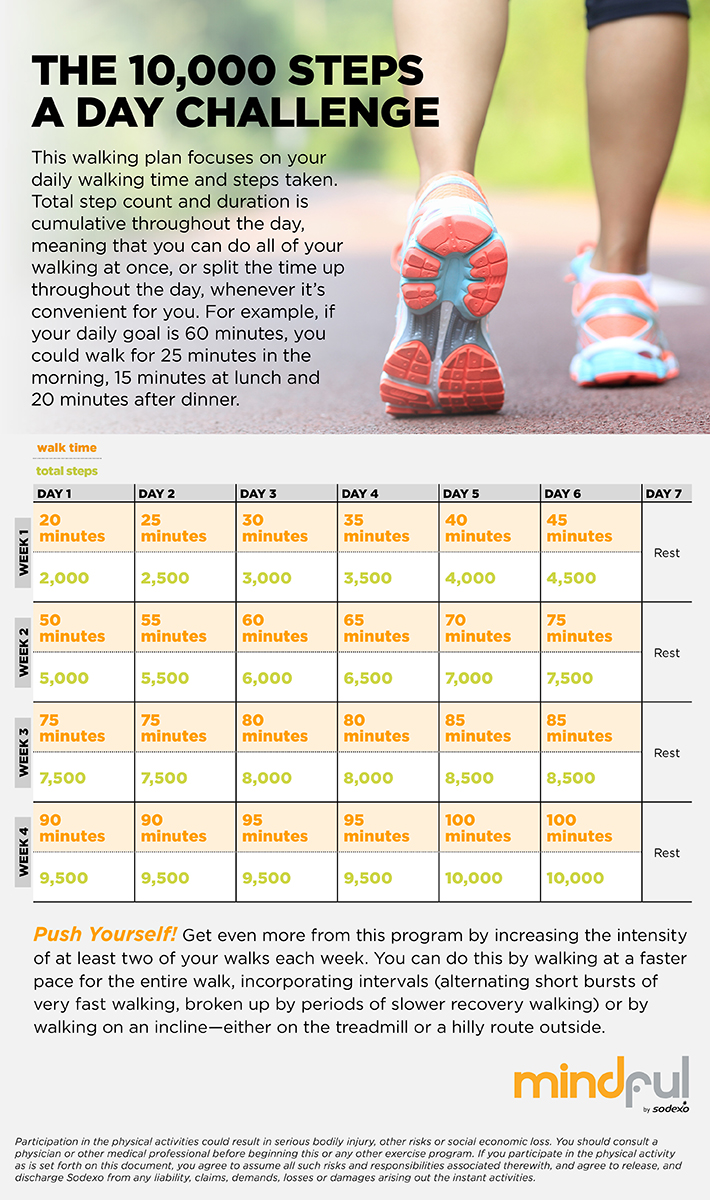Best Running Shoes for Shin Splints + 6 Tips to Prevent It
For shin splints, the best running shoes are those with proper cushioning and support to reduce impact. Look for shoes with features like good arch support and shock absorption.
To prevent shin splints, warm up before running, stretch properly, strengthen your lower leg muscles, vary your workout surfaces, increase mileage gradually, and listen to your body for any warning signs of pain or discomfort. Shin splints can be painful and disruptive to your running routine, so it’s essential to take preventative measures and choose the right footwear to support your active lifestyle.
With the right shoes and proper precautions, you can enjoy running without the worry of shin splints affecting your performance.
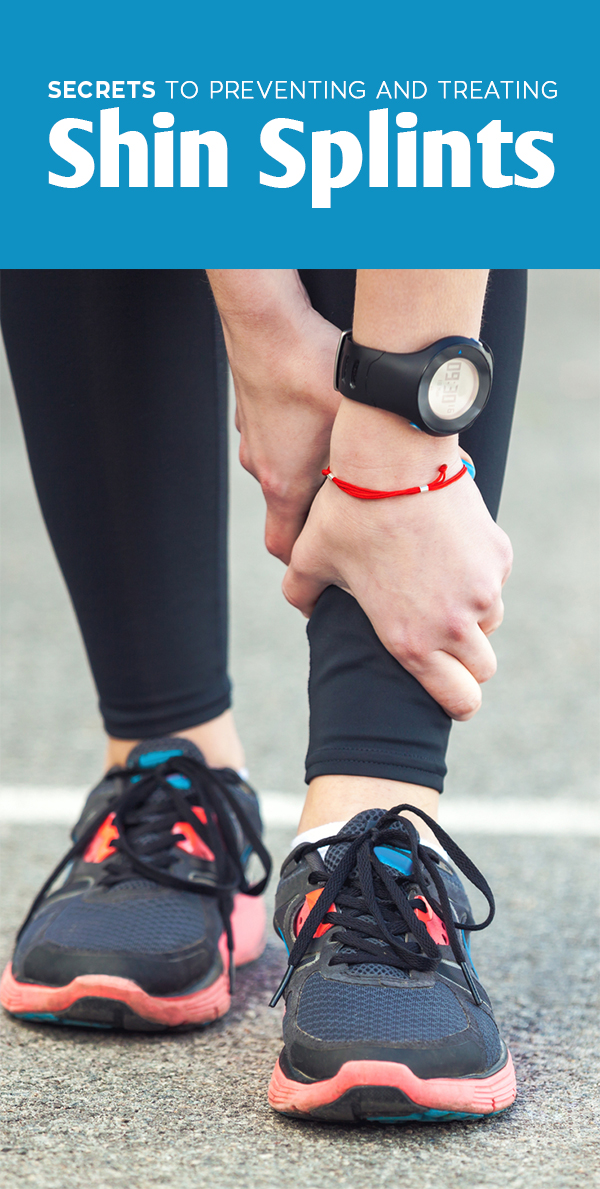
Credit: www.runtothefinish.com
What Are Shin Splints?
Shin splints are a common overuse injury that causes pain along the inner edge of the shinbone. It is often experienced by runners and athletes who engage in high-impact activities such as jumping or running. The pain may be dull or sharp and can occur during or after exercise. Understanding the causes and symptoms of shin splints is crucial in finding the best running shoes and preventing this uncomfortable condition.
Causes Of Shin Splints
Shin splints can be caused by various factors, including overpronation, inadequate footwear, sudden increase in intensity or frequency of activity, and running on hard surfaces.
Symptoms Of Shin Splints
The common symptoms of shin splints include tenderness, soreness, or pain along the inner part of the lower leg, swelling, and mild redness. If you experience any of these symptoms, it’s essential to address them promptly to prevent further discomfort and potential injury.
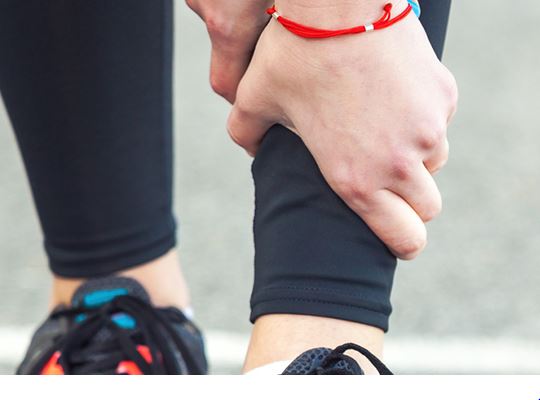
Credit: www.runtothefinish.com
How To Choose The Best Running Shoes For Shin Splints
When selecting running shoes to alleviate shin splints, it’s crucial to consider specific factors to ensure optimal support and comfort. Here are key elements to focus on:
Consideration For Arch Support
Adequate arch support helps distribute weight evenly, reducing strain on the shins. Look for shoes with firm arch support tailored to your foot type.
Cushioning And Shock Absorption
Ample cushioning in running shoes absorbs impact forces, shielding your shins from excessive stress. Opt for shoes with responsive cushioning to lessen shin splint risk.
Stability And Motion Control
For individuals prone to shin splints, shoes offering stability and motion control are essential. These features promote proper foot alignment and reduce overpronation, minimizing risks for shin splints.
Top 5 Running Shoes For Shin Splints
Struggling with shin splints? Finding the right pair of running shoes can make all the difference. Here are the top 5 running shoes to help alleviate shin splint discomfort:
Shoe 1: Brand Model
Designed with advanced cushioning technology, Brand Model provides optimal support for your feet and shins during runs.
Shoe 2: Brand Model
Brand Model offers superior shock absorption, reducing the impact on your shins and preventing shin splints from flaring up.
Shoe 3: Brand Model
Lightweight and durable, Brand Model is engineered to promote proper foot alignment and minimize strain on your shins.
Shoe 4: Brand Model
Featuring a breathable mesh upper and responsive midsole, Brand Model prioritizes comfort and support for runners prone to shin splints.
Shoe 5: Brand Model
Brand Model combines stability with cushioning, offering a balanced solution to help prevent shin splints and enhance your running experience.

Credit: www.nike.com
Tips To Prevent Shin Splints
Avoid the discomfort of shin splints by implementing these easy and effective tips for prevention:
Proper Warm-up And Cool-down
Before and after your runs, focus on dynamic stretches and gentle exercises to warm up the muscles and joints and gradually cool down to prevent stiffness and tightness.
Gradual Increase In Intensity
When increasing your running intensity, ensure it is done gradually to allow your body to adapt and become stronger, thereby reducing the risk of developing shin splints.
Strength Training And Stretching
Engage in regular strength training exercises, especially targeting the muscles that support the lower legs, and incorporate stretching routines to maintain flexibility and prevent overuse injuries.
Correct Running Technique
Focus on maintaining proper form and posture while running, including a mid-foot landing, relaxed shoulders, and a slight forward lean to reduce impact and stress on the shins.
Wearing Compression Sleeves
Consider utilizing compression sleeves or socks to improve circulation, reduce muscle vibration, and provide support to the lower legs during physical activities, decreasing the likelihood of developing shin splints.
When To Seek Professional Help
If you are experiencing persistent pain and discomfort, inability to run or exercise, or recurring shin splints, it may be time to seek professional help. It is important to consult with a healthcare provider who can assess your condition and provide appropriate guidance and treatment. In this section, we will discuss the signs that indicate the need for professional assistance.
Persistent Pain And Discomfort
If you are dealing with persistent pain and discomfort in your shins despite taking necessary precautions, it is crucial to seek professional help. Pain that persists over an extended period could indicate an underlying issue that requires attention. A healthcare provider will be able to evaluate your symptoms, diagnose any potential problems, and recommend the appropriate course of action for your specific situation. It’s important not to ignore ongoing pain, as it could lead to further complications if left untreated.
Inability To Run Or Exercise
If your shin splints prevent you from engaging in your regular running or exercise routine, it is a clear indication that professional help is needed. While it’s common to experience discomfort or mild pain during physical activities, an inability to participate altogether suggests the need for intervention. A healthcare provider can help identify the root cause of your shin splints and provide guidance on how to manage or alleviate your condition, allowing you to return to your running or exercise regimen without hindrance.
Recurring Shin Splints
If you frequently experience shin splints, even after implementing preventive measures, it is advisable to seek professional help. Repeated occurrences of shin splints could indicate an underlying biomechanical problem or improper training techniques that need to be addressed. A healthcare provider can assess your gait, evaluate your training methods, and offer solutions to prevent recurring shin splints in the future. By addressing the root cause, you can minimize the risk of further injury and improve your overall running performance.
Frequently Asked Questions Of Best Running Shoes For Shin Splints + 6 Tips To Prevent It
What Are The Best Running Shoes For Shin Splints?
The best running shoes for shin splints are those that provide proper cushioning and support to absorb shock and reduce impact on the shinbone.
How Can I Prevent Shin Splints While Running?
To prevent shin splints while running, you can follow these tips:
1. Gradually increase intensity and duration of your runs. 2. Ensure proper warm-up and cool-down before and after running. 3. Strengthen your lower leg muscles through exercises like calf raises and toe walks.
What Are Common Causes Of Shin Splints In Runners?
Common causes of shin splints in runners include overuse of muscles, running on hard surfaces, improper footwear, and weak lower leg muscles.
Conclusion
Incorporating the right running shoes and preventive measures can potentially alleviate the discomfort of shin splints. It is important to choose shoes with sufficient cushioning and arch support to reduce impact. Additionally, focusing on proper stretching and strengthening exercises, gradually increasing mileage, and ensuring a good running form can greatly aid in the prevention of shin splints.

